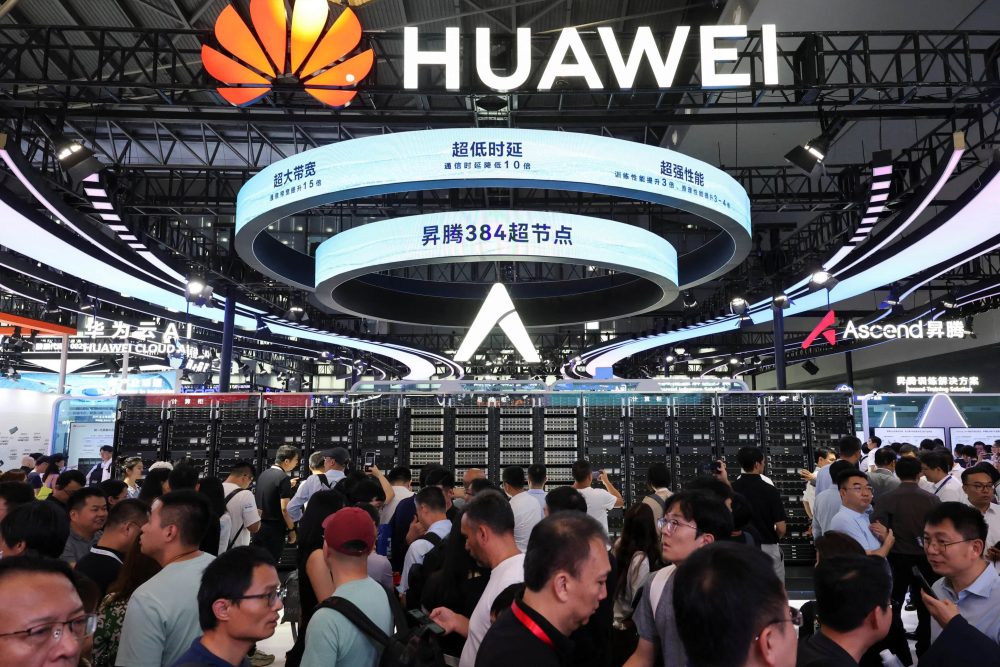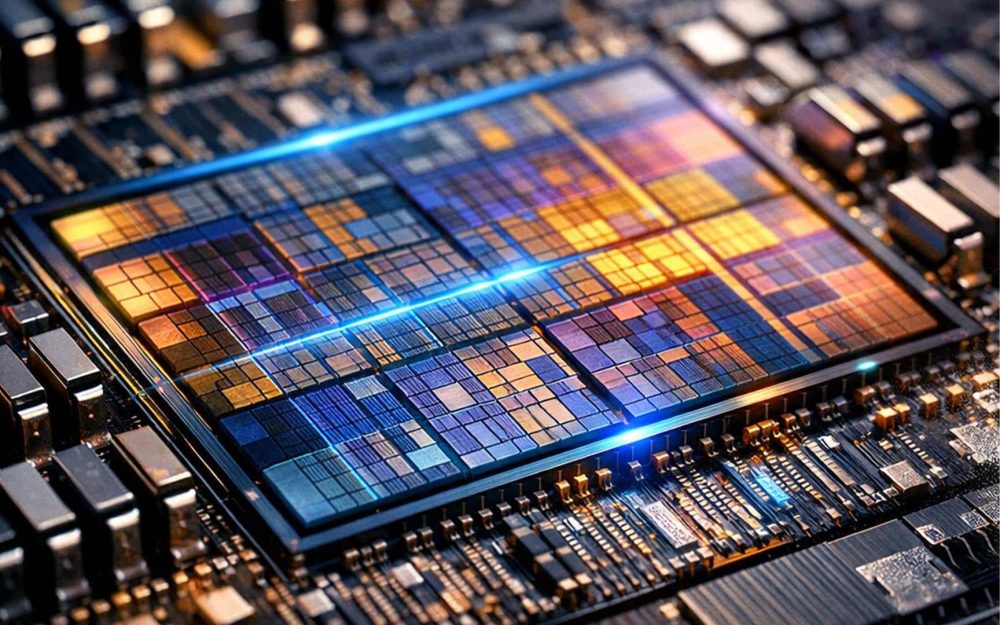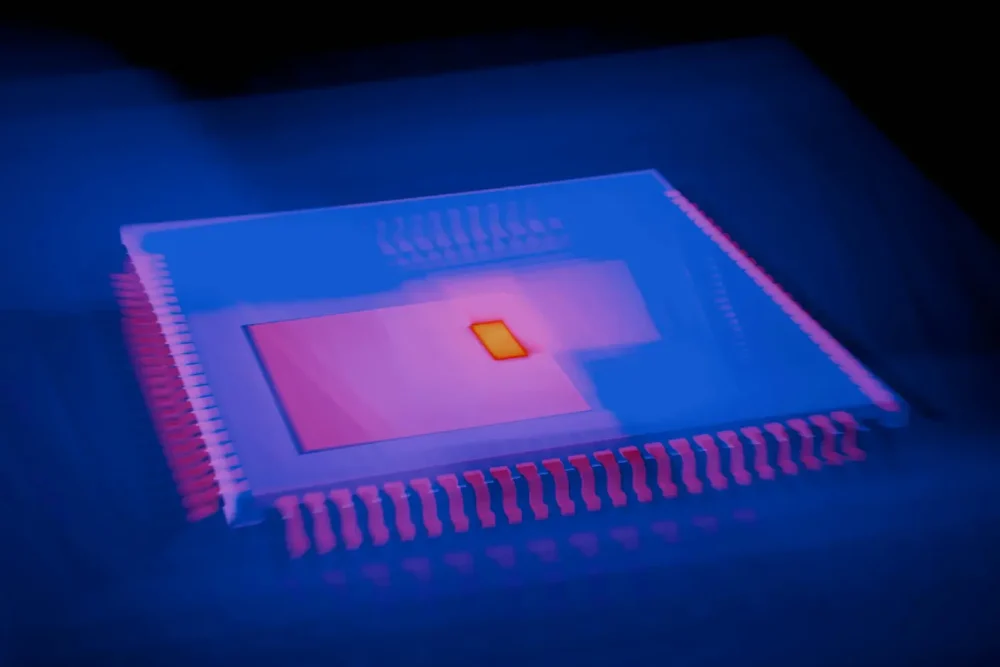More than a decade after the U.S. first branded Huawei a national security threat, the Chinese tech giant now says it has turned sanctions into a springboard for independence, and perhaps even leadership, in computing and artificial intelligence.
At an event in Guiyang, China, Huawei’s senior executive Tao Jingwen, president of the company’s quality, business process, and information technology management department, declared that the firm has “built an ecosystem entirely independent of the United States.”
From Blacklist To Breakthrough
Huawei’s confrontation with Washington began in 2012, when a U.S. House committee labeled Huawei and ZTE potential security threats. In 2019, the company was added to the U.S. Entity List, which restricted access to American software, services, and semiconductor supply chains.
The ban meant Huawei could no longer use Google’s proprietary Android or purchase cutting-edge chips from foundries that relied on U.S. tools. Analysts at the time predicted Huawei’s demise. The company, once the world’s top smartphone vendor, quickly lost ground as shipments fell in late 2020.
Instead of collapsing, Huawei doubled down on its commitment to self-reliance. It launched HarmonyOS and its own Huawei Mobile Services (HMS) ecosystem to replace Google apps. It also began developing in-house processors, software, and, crucially, AI infrastructure.
CloudMatrix 384: China’s AI Supernode
Tao’s remarks came as Huawei highlighted its latest milestone: the CloudMatrix 384 AI supernode, powered by 384 Ascend AI processors across 12 computing cabinets and 4 bus cabinets.
- Performance: 300 petaflops of computing power, 48 terabytes of high-bandwidth memory.
- Deployment: Installed at Huawei data centers in Anhui, Inner Mongolia, and Guizhou.
- Comparison: Built to rival Nvidia’s NVL72 system in handling large-scale AI training workloads.
CloudMatrix integrates not only Huawei’s Pangu AI model, but also models from DeepSeek, Alibaba Cloud’s Qwen, and Moonshot AI’s Kimi, giving it broad influence across China’s AI ecosystem.
Expanding China’s AI Arsenal
Huawei isn’t stopping at hardware. The company also unveiled:
- xDeepServe: A “Transformerless” architecture for large language models (LLMs) that breaks down Google’s Transformer-based networks into smaller, more efficient units.
- New memory products: OceanDisk EX 560, SP 560, and LC 560, designed to boost AI computing efficiency.
- Open-sourcing CANN (Compute Architecture for Neural Networks): A direct rival to Nvidia’s CUDA, aiming to build a developer community free from U.S. control.
Together, these moves form the backbone of what Huawei calls an independent, end-to-end ecosystem, spanning chips, operating systems, AI software, and cloud services.
“Surpassing the U.S.”
According to Tao, this ecosystem doesn’t just shield Huawei from sanctions, it positions China to “surpass the U.S. in terms of artificial intelligence applications”, thanks to the country’s vast economy and diverse business scenarios.
That statement is more than corporate bravado: it reflects China’s broader national strategy to achieve tech self-sufficiency and reduce reliance on American suppliers.
The Bigger Picture
Huawei’s resurgence underscores the limitations of sanctions in a world where supply chains and talent pools are global. While the U.S. sought to cripple Huawei, the company responded by building its own alternatives — in some cases, openly rivaling or outperforming Western technologies.
For Washington, Huawei’s independence is both a warning and a challenge: the tech war is no longer about cutting off supply, but about who can innovate faster in AI, chips, and cloud infrastructure.


